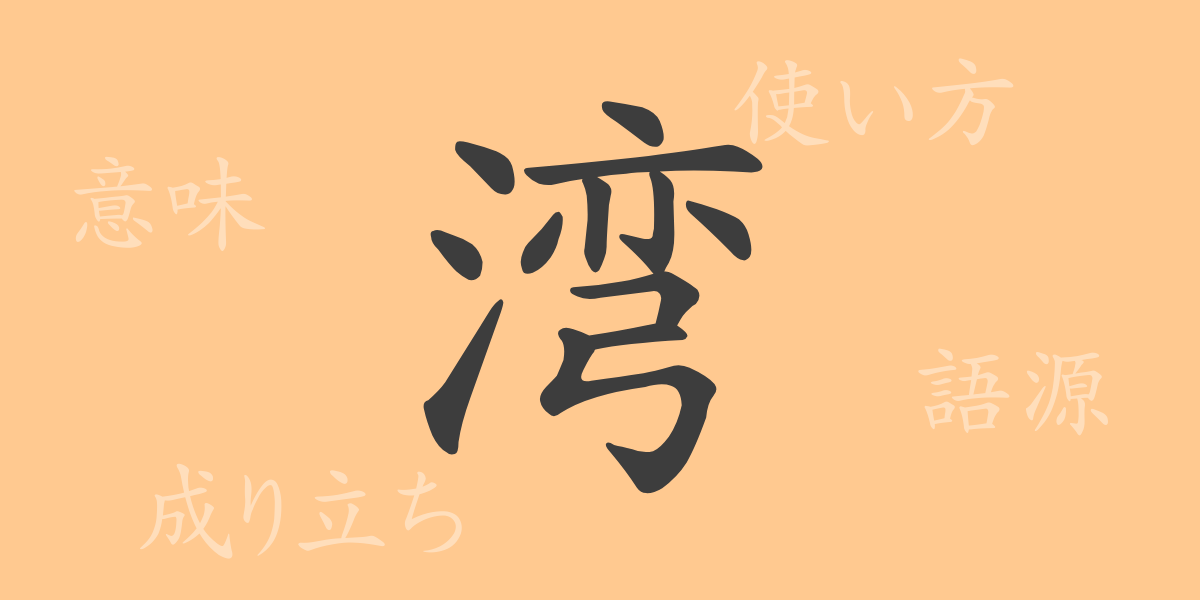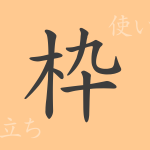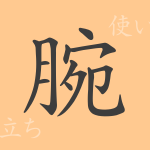Japanese writing culture is profound, and among its elements, kanji (かんじ) are particularly fascinating. One of the kanji frequently used in daily life is “湾” (わん, wan). This kanji not only represents natural landscapes but is also used in geography, history, and even metaphorical expressions. In this article, we will focus on the kanji “湾” (わん, wan), delving into its origins, meanings, usage, and how it is used in the Japanese language.
Origins of 湾 (わん, wan)
The kanji “湾” (わん, wan) originated in ancient China as a word describing the winding terrain along the water’s edge. This shape is derived from the word “弯” (わん, wan), meaning “bent,” and with the addition of “氵” (さんずい, sanzui), which signifies water, it came to represent a winding water terrain, or “bay” (わん, wan).
Meaning and Usage of 湾 (わん, wan)
“湾” (わん, wan) refers to a body of water such as a sea or lake that is surrounded by land and curves inward. In a broader sense, it can also include inland seas, inlets, and straits. It is often used to describe place names and geographical features, for example, “Tokyo Bay” (東京湾, とうきょうわん, Tokyo Wan) and “Greater Bay Area” (大湾区, だいわんく, Daiwan Ku).
Reading, Stroke Count, and Radical of 湾 (わん, wan)
How is the kanji “湾” (わん, wan) read and structured in Japanese?
- Reading: On’yomi (音読み, おんよみ) is “ワン” (わん, wan), Kun’yomi (訓読み, くんよみ) is “いりえ” (いりえ, irie)
- Stroke Count: 12 strokes
- Radical: Water (水, みず, mizu, さんずい, sanzui)
Idioms, Proverbs, and Expressions with 湾 (わん, wan)
Idioms and expressions that include “湾” (わん, wan) derive various meanings from its shape and characteristics. For instance, “湾曲” (わんきょく, wankyoku) refers to something being bent or an insincere attitude, while “内湾” (ないわん, naiwon) means an inner bay facing the sea. Additionally, “湾岸” (わんがん, wangan) refers to the coastal area of a bay and is used in geographical and transportation contexts.
Summary of 湾 (わん, wan)
The meanings embedded in a single kanji are extensive, and “湾” (わん, wan) is no exception. Representing the natural beauty of formations as well as geographical importance and cultural symbolism, this kanji speaks to the richness of the Japanese language. We hope that through this exploration, you have gained a deeper appreciation for the intricate world of “湾” (わん, wan).

























